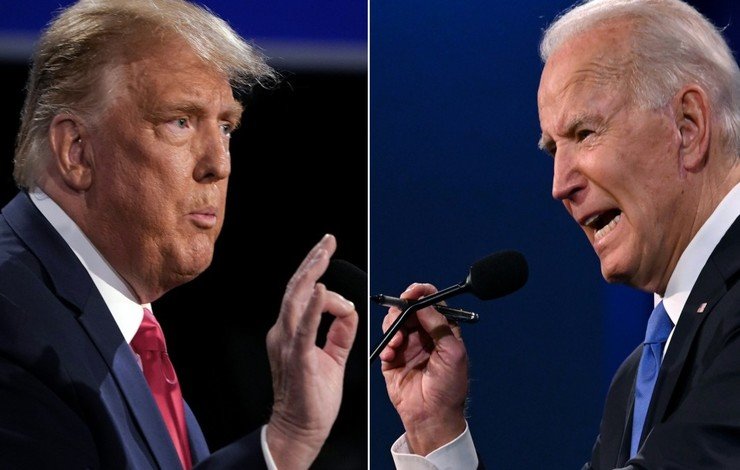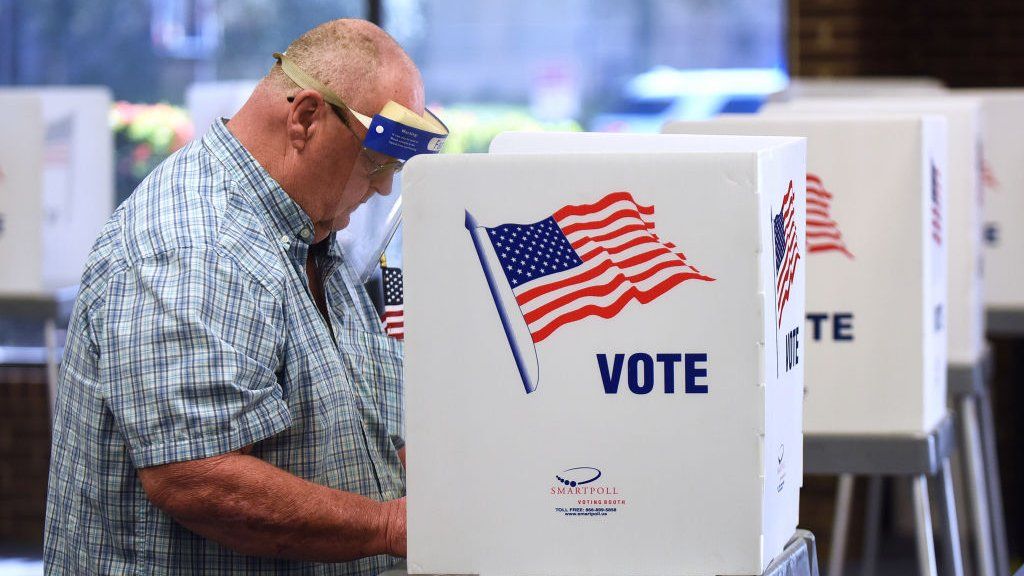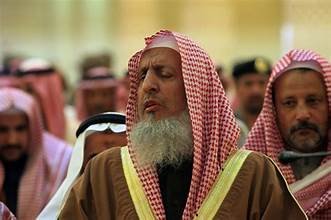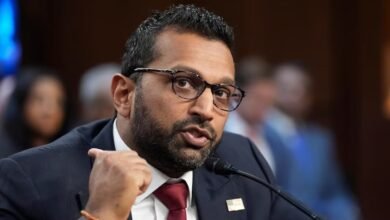Trump Slams India with Word “Filthy” in Final Debate
The reference to India was made by Trump during the debate when he was responding to accusations regarding climate change.

WEB DESK: The final debate between US presidential nominees Donald Trump and Joe Biden did not bring good news for India as US President Donald Trump slammed his longtime friend and described the air in India as “filthy”.
The reference to India was made by Donald Trump during the second and final presidential debate when he was responding to accusations regarding climate change.
“Look at China, how filthy it is. Look at Russia, look at India — it’s filthy. The air is filthy,” Trump said at the debate in Nashville.
Trump charged that Biden’s climate plan was an “economic disaster” for oil states such as Texas and Oklahoma.
Biden said that climate change is “an existential threat to humanity. We have a moral obligation to deal with it.”
“We’re going to pass the point of no return within the next eight to 10 years,” he said.
Will Modi reconsider Trump’s endorsement?
Michael Kugelman, a US expert on South Asian Affairs, described the remark as “negative” and wondered what will be the response of Prime Minister Narendra Modi to “multiple unflattering references to India” in these debates.
“After Trump’s multiple unflattering references to India in these debates, will Narendra Modi reconsider the endorsement he appeared to offer to candidate Trump at the “Howdy Modi” shindig some time back?”
Trump has been accused by his critics over his handling of climate change issues at the international level.
The planet has already warmed by around one degree Celsius (34 degrees Fahrenheit) from pre-industrial levels, enough to boost the intensity of deadly heat waves, droughts and tropical storms.
Trump has pulled the United States out of the Paris climate accord, which aims to cap global warming “well below” two degrees Celsius.
Trump’s remarks come days before Secretary of State Mike Pompeo and Defense Secretary Mark Esper visit New Delhi for talks on building the growing US-India partnership.
At the first presidential debate, Trump also spoke critically of India, questioning its coronavirus data amid criticism of Trump’s handling of the pandemic.
For the first time ever, Time magazine removes logo on cover, replaces it with a plea to ‘Vote’
Meanwhile, for the first time in its 97-year history, Time magazine is removing its logo from its cover. In its place, a directive: “Vote.”
Edward Felsenthal, Time’s editor-in-chief and chief executive, wrote in a note that the upcoming Nov. 3 elections are “arguably as consequential a decision as any of us has ever made at the ballot box.”
The issue, dated Nov. 2, features artwork by the artist Shepard Fairey of a person wearing a bandana with a ballot box printed on it, along with the aforementioned “Vote” logo. Neither presidential candidate is mentioned or featured in the design.
Fairey, notably, designed the iconic “hope” and “change” posters used by former President Barack Obama in his 2008 campaign.
The Time cover, with its red, white and blue shades, echoes Fairey’s past iconography. It is his third collaboration with the magazine.
“We stand at a rare moment, one that will separate history into before and after for generations,” Felsenthal writes. “It is the kind of moment in which readers across the country and around the world have always turned to TIME. We thank you for doing so now.”
First time in the US electoral history, a record early voting has taken place
Meanwhile for the first time in the US electoral history, a record early voting has taken place during the presidential election۔
Early-voting counts show a record level of civic participation before Election Day. The tens of millions of ballots already cast show highly enthusiastic voters are making sure their votes are counted amid a pandemic.
Democrats hope this energy leads to a decisive victory on Nov. 3. Registered Democrats are outvoting Republicans by a large margin in states that provide partisan breakdowns of early ballots. Republicans, however, are more likely to tell pollsters they intend to vote in person, and the GOP is counting on an overwhelming share of the Election Day vote going to Trump.
Voting before Election Day has been expanded this year because of the coronavirus pandemic, an option that more than 60 percent of registered voters want, according to a Washington Post-University of Maryland poll in September.
By the end of September, requests for absentee ballots had already surpassed 2016 levels in nearly every state. In 10 states, all voters are being sent a mail-in ballot automatically.
Voters are also taking advantage of in-person early voting, with a record-breaking number showing up on the first day of early voting in some states. This is Virginia’s first election with early voting, a change made after Democrats assumed control of the state House and Senate last fall. A handful of states expanded early voting in response to the pandemic, including Texas, where Gov. Greg Abbott (R) extended it by a week.
This year’s general election follows high turnout in the primaries, including in battlegrounds such as Wisconsin, despite many races being held after the presidential candidates were decided and during the pandemic. And it comes two years after 2018 shattered turnout records for a midterm.
The critical question for Democrats is whether these 2020 early ballots are additional voters or just people who would have voted on Election Day anyway.
For states where early ballots can be matched against a voter file, roughly 1 in 5 votes have come from someone who did not cast a ballot four years ago in the same state.
These new voters — who may have moved to a new state, turned 18 or just sat out the last presidential election — will probably play a pivotal role in choosing the next president.
Even with so many ballots already cast, it’s not definitive that unprecedented early voting will translate into voter turnout to exceed the historically high number of votes cast in 2016: 139 million. It’s possible that when the dust settles after Nov. 3, the number of Americans who voted will be similar to numbers in previous presidential elections, though they used different methods.
One thing is clear through: Despite weeks of campaigning and news still to come, the election is actually well underway. A large share of Americans have not just made up their minds — they have sealed in their vote.
Courtesy: UST Today For Time Cover Story & The Washington Post for Early Voting Story.




2 Comments